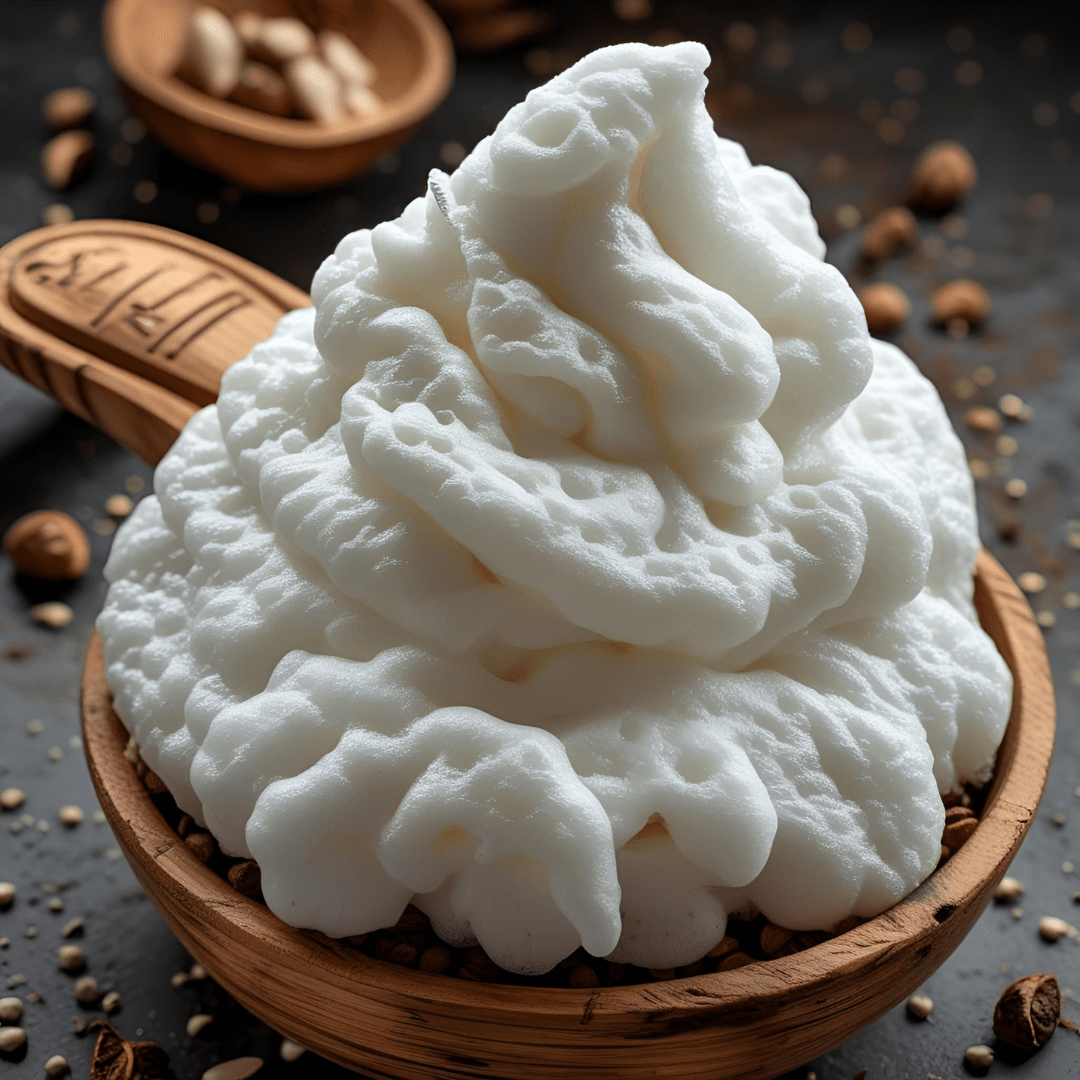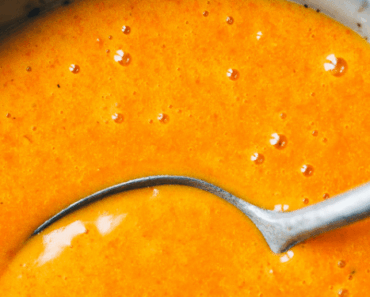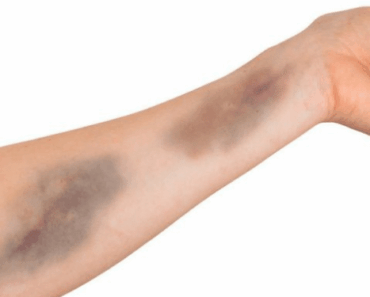What Are Food Foams?
Food foams are created when air is incorporated into a mixture (such as protein, fat, or carbohydrate-based liquids), resulting in a light, airy texture that’s visually substantial but calorically sparse. Traditional examples include meringue, whipped cream, mousses, and the frothy topping on cappuccinos. Recently, however, science-driven products are being designed to hold foam’s structure even in the digestive tract12.
The Science: Why Might Foam Help With Weight Loss?
1. Foam and Satiety—How Air Tricks the Stomach
Multiple studies have shown that eating foods whipped with air — or “foamed” — can increase feelings of fullness from smaller amounts of calories3456. Here’s why:
-
Stomach Stretch Response: When you consume a foam, the larger physical volume expands the stomach even though the calorie count remains low. MRI imaging has confirmed that foam-filled drinks stretch the stomach more than denser equivalents, leading to greater and longer-lasting satiety cues sent to the brain3.
-
Delayed Gastric Emptying: Some formulated foams are designed to maintain their structure in the stomach, slowing digestion and enhancing the feeling of fullness. This sustained “full” feeling can help reduce overall calorie intake47.
-
Visual and Sensory Satisfaction: High-volume, low-calorie foods create a psychological perception of having eaten “more,” which can reduce the urge to snack between meals6.
2. Psychological Effects: Eating More With Less
Research also suggests that the act of seeing and consuming a larger portion size—even if it’s mostly air—can trick the brain into feeling satisfied with fewer calories. Aerated foods require more spoonfuls and chewing time, which are behavioral cues that further reinforce satiety37.
What Does the Research Say?
-
Greater Fullness: In a landmark study published in the American Journal of Clinical Nutrition, participants felt roughly twice as full after consuming a protein-based foam drink compared to a denser, but calorie-equivalent, shake3.
-
Sustained Satiety: Foamed drinks left people feeling satisfied for up to four hours post-consumption, which can be pivotal during a weight loss program when “snack attacks” and cravings are common345.
-
Reduced Appetite: A large randomized study from the International Journal of Obesity showed that participants (dieting adults) who consumed around 200mL of low-energy foam after or in-between meals reported lower appetite and less urge to snack throughout the day56.
-
Influencing Intake: When different volumes of air were incorporated into the same calorie-controlled shake, people ate less food at subsequent meals if they had the higher-volume, aerated shake—reinforcing the power of “entrapped air” effect on both stomach stretch and visual cues75.
Where Are Food Foams Showing Up?
While mainstream supermarket aisles aren’t yet flooded with “weight loss foams,” food labs and some health-oriented products are beginning to incorporate the science:
-
Meal Replacers: Foam-based protein shakes and meal replacement products are being developed for both clinical settings (such as obesity treatment) and over-the-counter sales7.
-
Innovative Snacks: There’s experimentation with foamed mousses, yogurts, coffee drinks, and even savory products.
-
Culinary Applications: Airy foams, often stabilized with plant proteins and hydrocolloids (like pectin and alginate), are used to create satisfying low-calorie textures.
Popcorn, a classic example of air-puffed (or “foam-like”) food, has long been embraced by dieters precisely for its high volume and low calorie density—supporting the same principles seen in foam research36.
Nutritional Benefits (And Limitations)
Benefits:
-
Low Energy Density: By increasing the volume with air rather than more calories, you get to eat a larger portion and feel satisfied, a principle recommended by leading clinics for weight management8.
-
Potential for Nutrient Delivery: Protein- and fiber-rich foams can be fortified with vitamins, minerals, or other functional compounds to enhance nutrition without adding bulk calories79.
-
Flexibility: Foams can be sweet or savory, easily flavored, and based on a variety of proteins, including plant-based options109.
Limitations and Considerations:
-
Quality Over Quantity: Not all foams are created equal. Those loaded with sugar (whipped cream, sugary mousse) are not weight loss friendly. The focus should be on high-protein, low-sugar, and fiber-rich formulas.
-
Sustainability: Real satiety and weight control still depend on the overall quality of the diet, not a single “trick ingredient.” Foams are supportive, not a panacea.
-
Accessibility: Currently, most foamed food products designed specifically for appetite control are not widely available outside specialty labs and clinical trials, though this is likely to change as research continues and consumer demand rises39.
How to Harness Foam’s Benefits Now
If you want to experiment with the filling effects of foam without futuristic products, consider these approaches:
-
Frothy Drinks: Lattes, cappuccinos, or matcha tea made frothy (ideally with skim or plant milk, minus excess sugar) increase volume and satisfaction for minimal calories.
-
Popcorn: Air-popped, unsalted, and lightly seasoned popcorn is a foam-like snack that’s low in calories and high in fiber.
-
Whipped Foods: Try whipping cottage cheese, Greek yogurt, or eggs to add air and volume to breakfast or snacks.
-
Pureed Soups: Blending vegetable soups or stews until light and frothy can increase perceived portion size.
Remember: The healthiest foam options avoid added sugars and fats.
The Future: Will We All Be Eating Foam?
With a growing body of evidence supporting foam’s ability to enhance fullness and reduce calorie intake, it’s entirely likely that the next generation of diet foods will feature stable edible foams or aerated meal replacers. Companies are already exploring pressurized containers of pourable or spoonable edible foam, which maintain stability in both mouth and stomach, and can be customized for taste and nutrition79.
There is also ongoing research into plant-based foams, such as those made from peas and lentils, which could offer vegan-friendly, protein-fortified foamed products for weight management9. Advances in food technology suggest a surge in creative, tasty, and filling options for calorie-controlled eating.
Final Thoughts
While food foams may sound like a culinary novelty, substantial research supports their effectiveness in helping individuals feel full while consuming fewer calories34568. Whether as a snack or a meal component, foamed foods leverage both physiological and psychological mechanisms to combat overeating—a welcome innovation for the weight-conscious eater.
Just as with any diet trend, foam works best as one part of a diverse, balanced nutritional approach. As food science continues to push boundaries, don’t be surprised if the next time you reach for a “weight loss food,” it’s light as air—and foamy, too.
- https://nutritionmeetsfoodscience.com/2025/01/31/the-art-and-science-of-foams/
- https://en.wikipedia.org/wiki/Foam_(cooking)
- https://www.prevention.com/food-nutrition/a20445369/future-of-weight-loss-food/
- https://www.sciencedirect.com/science/article/abs/pii/S0195666315301008
- https://www.nature.com/articles/ijo2014151
- https://www.womenshealthmag.com/weight-loss/a19929669/weight-loss-drink/
- https://patents.google.com/patent/WO2008046729A1/en
- https://www.mayoclinic.org/healthy-lifestyle/weight-loss/in-depth/weight-loss/art-20044318
- https://www.fraunhofer.de/en/press/research-news/2024/december-2024/tasty-airy-baked-goods-with-culinary-foam-made-from-peas.html
- https://www.sciencedirect.com/science/article/abs/pii/S1359029420300996
- https://onlinelibrary.wiley.com/doi/full/10.1002/oby.20828
- https://ift.onlinelibrary.wiley.com/doi/10.1111/1541-4337.13284
- https://www.youtube.com/watch?v=wuouazf0AQ8
- https://pubmed.ncbi.nlm.nih.gov/38284578/
- https://www.healthline.com/nutrition/most-weight-loss-friendly-foods
- https://www.webmd.com/diet/ss/slideshow-fat-fighting-foods
- https://www.endomondo.com/exercise/foam-roller-exercises
- https://pmc.ncbi.nlm.nih.gov/articles/PMC8017325/
- https://www.nhs.uk/better-health/lose-weight/








